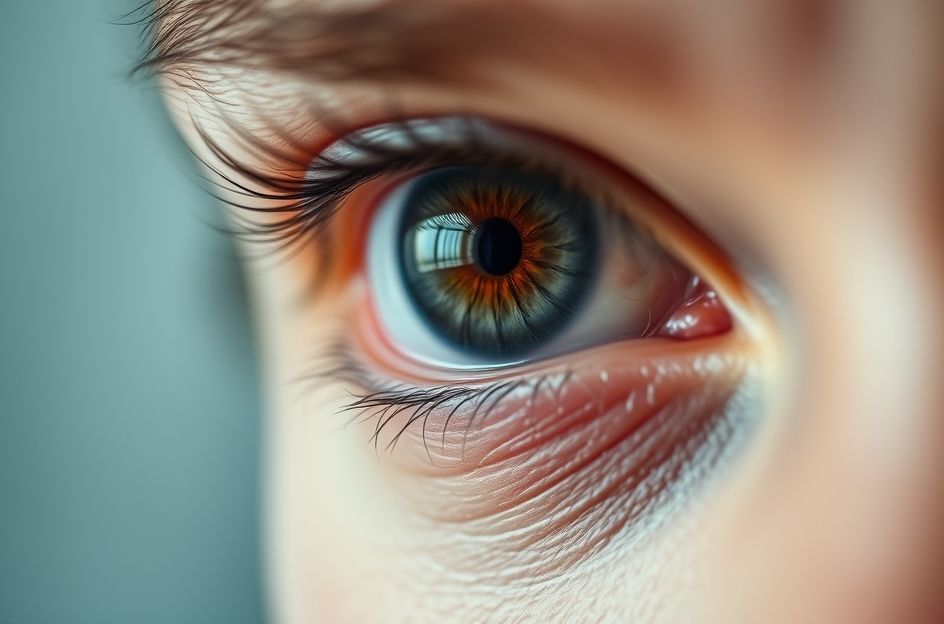Pink eye, clinically known as conjunctivitis, is a common condition affecting individuals of all ages. While often associated with children, it can occur at any stage of life. Conjunctivitis presents in two primary forms: contagious and non-contagious. The contagious form typically stems from viral or bacterial infections, whereas the non-contagious type is usually triggered by allergies.
The hallmark symptom of pink eye is redness in the whites of the eyes, accompanied by swelling and irritation. The eyelids and surrounding area may also exhibit redness. Infected eyes often experience excessive tearing and may produce a colored discharge. Light sensitivity can also occur. If left unaddressed, pink eye can escalate into a more severe condition, warranting medical attention.
Contagious pink eye typically initiates in one eye before spreading to the other, primarily through hand-to-eye contact. Frequent handwashing is crucial to prevent transmission. Individuals with pink eye should refrain from wearing contact lenses or eye makeup, as these can exacerbate irritation. Discard any eye makeup used during the infection and wash pillowcases and towels that have come into contact with the affected eyes.
For non-contagious pink eye, or when the infection is mild, over-the-counter remedies may provide relief. Eye drops or eye washes can help alleviate symptoms. Applying a warm compress can also soothe discomfort and remove crusting around the eye. Consult a pharmacist for further recommendations on over-the-counter medications.
If you experience pain in the eye, a sensation of a foreign object, or discharge lasting more than 24 hours, it is likely contagious conjunctivitis. Seek medical advice, as antibiotic treatments are available only through prescription. When administering prescribed ointments or drops, avoid touching the applicator tip to the eye to prevent further spread of the infection.
